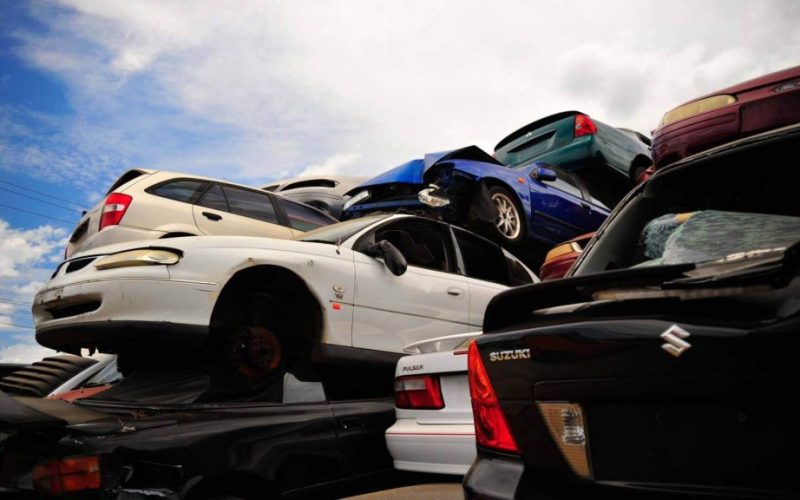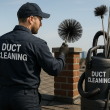Introduction
Old cars often seem like nothing more than rusting metal, but their journey through Australian scrap yards tells a very different story. Every step, from collection to recycling, gives new value to materials while helping the environment.
How a Car Enters the Recycling Process
A car enters the recycling process when an owner decides it is no longer worth repairing or selling. Scrap yards arrange collection, dismantle the vehicle, and separate parts for reuse or recycling. Engines, tyres, batteries, and catalytic converters are removed first, as they hold high resale value. Fluids such as oil, coolant, and fuel are safely drained to avoid contamination before the car body is crushed or shredded. In Sydney, many people choose services offering Scrap Car Removal Sydney because they provide cash payments and free towing, making the process both simple and responsible.
What Happens to Car Parts After Dismantling
Car parts do not all meet the same fate after dismantling. Reusable components like alternators, engines, and gearboxes are reconditioned and sold. Tyres may be repurposed into road surfaces, playground mats, or construction materials. Metals like steel and aluminium are sent to smelting plants where they are melted and reformed into raw materials for new cars or household products. Plastics are separated and used in manufacturing new vehicle interiors, while glass is processed into fiberglass or sandblasting material. This system ensures that up to 90% of an old car’s weight is reused in some form.
The Role of Scrap Yards in Environmental Protection
Scrap yards play a vital role in reducing environmental pollution. Abandoned cars leak hazardous fluids such as brake oil, transmission fluid, and antifreeze, which can harm soil and waterways. Recycling prevents these leaks while lowering the demand for mining natural resources. According to the Australian Bureau of Statistics (ABS), recycling one tonne of steel saves around 1,100 kilograms of iron ore and 630 kilograms of coal. This means every recycled car contributes directly to environmental conservation. The structured operations of scrap yards make them a key part of Australia’s waste management system.
Why Car Recycling Supports the Economy
Car recycling supports the economy by supplying affordable raw materials and creating local jobs. Recycled steel reduces the need for expensive imports, while dismantling and processing create employment opportunities across collection, transportation, and recycling industries. For car owners, recycling offers financial benefits as well. Scrap yards pay cash for vehicles based on metal weight and reusable parts, turning what seems like junk into income. Companies such as cash for cars sydney make this process even easier by offering same-day collection and competitive payments, which explains their popularity across the region.
How Wreckers Manage End-of-Life Vehicles
Wreckers handle end-of-life vehicles by focusing on maximum resource recovery. Unlike simple car disposal, wrecking involves carefully stripping usable parts and categorising materials for recycling. Batteries are sent to specialised facilities for lead recovery, while catalytic converters are refined to extract precious metals like platinum. The remainder of the vehicle is shredded, and the metal is sorted using magnets and advanced separation techniques. In Sydney, many Wreckers Sydney services are licensed to follow strict environmental guidelines, ensuring that every dismantled vehicle meets compliance standards. This combination of safety and efficiency makes wreckers essential in the car recycling chain.
The Future of Car Recycling in Australia
The future of car recycling in Australia is moving toward smarter technology and stricter regulations. Modern facilities now use automated systems for dismantling and separation, which improves recovery rates. Government programs are also encouraging vehicle recycling to meet national sustainability targets. For example, recycling initiatives are being linked with reducing carbon emissions, which benefits both industry and the environment. As awareness grows, more Australians are likely to choose recycling over abandoning their cars, making scrap yards more relevant than ever before.
Why This Journey Matters to Car Owners
The journey of a car through a scrap yard is not just about disposal; it is about value recovery and environmental responsibility. Every dismantled car contributes to cleaner surroundings, lower landfill waste, and resource conservation. For owners, the process is a chance to earn money while ensuring their old vehicles do not harm the environment. With reliable services available in Sydney and beyond, recycling an old car has never been more straightforward.
Common Misconceptions About Car Recycling
Car recycling is often misunderstood, with many Australians assuming that once a vehicle stops running, it becomes nothing more than useless metal. In reality, around 85% of a car’s material is recyclable, including steel, aluminium, glass, and plastics. Wreckers use advanced techniques to recover these resources, which are then reintroduced into manufacturing, reducing the need for new raw materials. Another misconception is that scrap car removal is costly for owners.
In fact, most services provide free collection and even pay for vehicles depending on weight, parts, and condition. Some people also believe that only newer models are worth recycling, but every vehicle, from decades-old sedans to modern SUVs, holds valuable components that can either be refurbished or melted down for reuse. Clearing up these myths helps more car owners understand the financial and environmental benefits of choosing professional recycling.
Tips for Preparing Your Car Before Recycling
Preparing your car before sending it to a scrap yard can save time and even maximise the return. The first step is to remove all personal belongings, as many items are often left behind in glove boxes, boots, or under seats. Gathering the necessary paperwork, such as proof of ownership, helps speed up the process and ensures a smooth handover.
If the vehicle still has usable accessories like a new battery, GPS system, or aftermarket stereo, consider removing and selling them separately for additional value. It’s also helpful to drain any personal fuel if accessible, as most wreckers will handle the fluids but prefer cars delivered empty. Lastly, taking a few photos of the vehicle before collection can serve as a personal record and sometimes even help in negotiating the final price. By following these steps, car owners can make the recycling process efficient and stress-free.
Conclusion
Australian scrap yards turn unwanted vehicles into valuable resources through collection, dismantling, and recycling. This process reduces pollution, supports the economy, and rewards car owners financially. By choosing licensed services, Australians ensure their cars complete the journey in a responsible way.
Explore more topics in our blog section for insights on car removal and recycling.












